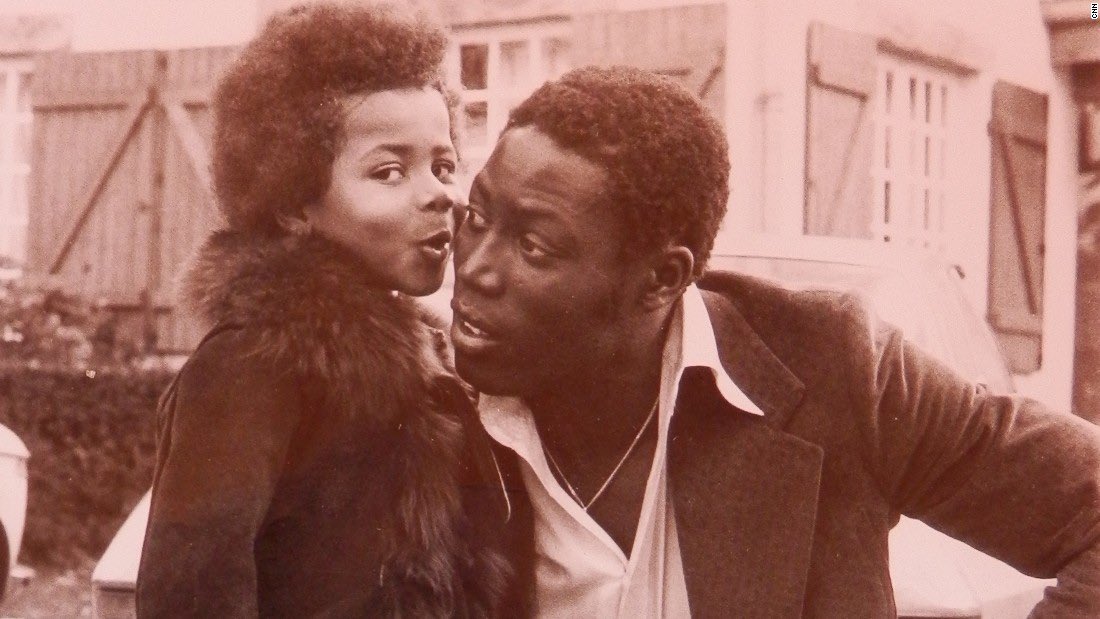It’s no secret that traumatic events can have a profound and lasting effect on our lives. Whether it’s the sudden loss of a loved one or lingering feelings from an abusive relationship, trauma can keep us stuck in fear and prevent us from truly living our best life. But there is hope!
By engaging in activities that help build resilience, it’s possible to move beyond the pain of past experiences and start growing again.
In this blog post, we’ll explore six simple yet effective activities which will help you become more resilient and better equipped to tackle whatever life throws at you.
Let’s get started – ready to take charge of your own healing journey? Read on!
Make a list of activities that give you joy
Creating a list of activities that give you joy can be an incredibly powerful tool in the journey out of trauma. It’s easy to get stuck in the same routines, but developing regular and enjoyable activities can help you break out of old patterns and gain better control over your emotions.
Some ideas for activities that bring people joy include journaling, painting, drawing, reading, listening to music, playing sports, or spending time outside in nature.
Whatever activity you choose – big or small – make sure it brings you a sense of peace and beauty so it can serve as your tool for healing.
As the people from https://mydenvertherapy.com say, everyone has their own story and experiences that have shaped who they are. That’s why it’s so important to find activities that work for you and help make you feel better.
Identify your triggers and create a plan
Identifying your triggers can be the first step to reclaiming control over your life. Being aware of these episodes and how they might manifest in your everyday life is an invaluable opportunity.
This creates space for us to create a plan that works for our individual needs – one that prioritizes self-care and healing from the past: taking care of ourselves, accepting our struggles and emotions, engaging in meaningful relationships, and setting boundaries for safety.
Being intentional about this process will provide us with the power we need to continue to grow out of whatever trauma we have experienced in our lives.
Create a safe space in your home
Creating a safe space in your home is essential for helping to heal from traumatic experiences. Whether it’s setting aside a cozy corner or transforming an entire room, making this customized intentional space allows the ability to relax and reflect.
Consider adding things such as mementos that make you feel connected to happier times, soothing scents, calming lighting, peaceful music, and artwork that provide inspiration.
Surround yourself with whatever elements bring you comfort and safety – be creative and transform it into an inner sanctuary of serenity! It will become the perfect place for reflection as you embark on your journey out of trauma into self-discovery and growth.
Reach out to friends and family for support
It can be difficult to reach out for support after experiencing trauma, but connecting with friends and family is incredibly important.
Knowing that you are not alone in facing difficult emotions or situations makes a huge difference – speaking with the ones we love helps us process our feelings and hearing their different perspectives can provide us with new insights.
Acknowledging your own needs and cultivating meaningful relationships with trusted people will help create a safe space where you can find both understanding and validation. Taking the time to truly nurture your connections is an act of self-care that should not be overlooked.
Practice mindful breathing to calm your mind and body
Developing mindful breathing can help us maintain inner balance and relaxation, especially after experiencing trauma. By taking the time to focus on the breath and mindfully observe how it changes in the body, you can start to soothe anxious thoughts and feelings that may arise.
Through regular practice, this sense of calming presence can develop into a powerful resource against stress or fatigue. Take your time with it – mindfulness doesn’t have to mean perfection, just a commitment to self-care!
Make sure you pay attention to what works best for your specific needs as every one of us experiences pain differently. With that, take deep breaths and be kind to yourself as you journey toward healing.
Journal your feelings
Journaling is a great way to explore emotions that might be stuck inside of us after experiencing trauma. Writing out our thoughts and feelings can give us insight into how those experiences have shaped our reactions and behaviors over time.
It can be intimidating to sit down and just start writing at first, but just allowing yourself the freedom to express what’s in your heart can make all the difference in making progress towards recovery.
Starting with a few simple prompts – such as how you’re feeling in the moment or what worries you have about the future – can help put things into perspective and reveal any unresolved psychological trauma which could benefit from further exploration.
Taking even one of the six steps outlined above can be an incredibly powerful tool to help you access and heal from underlying experiences of trauma.
Whether it’s making a list of activities that give you joy, identifying your triggers and creating a plan, creating a safe space in your home, reaching out to friends and family for support, practicing mindful breathing to calm your mind and body, or journaling about your thoughts and feelings – each small step takes us forward in our journey out of pain and into important self-care.






No Comments